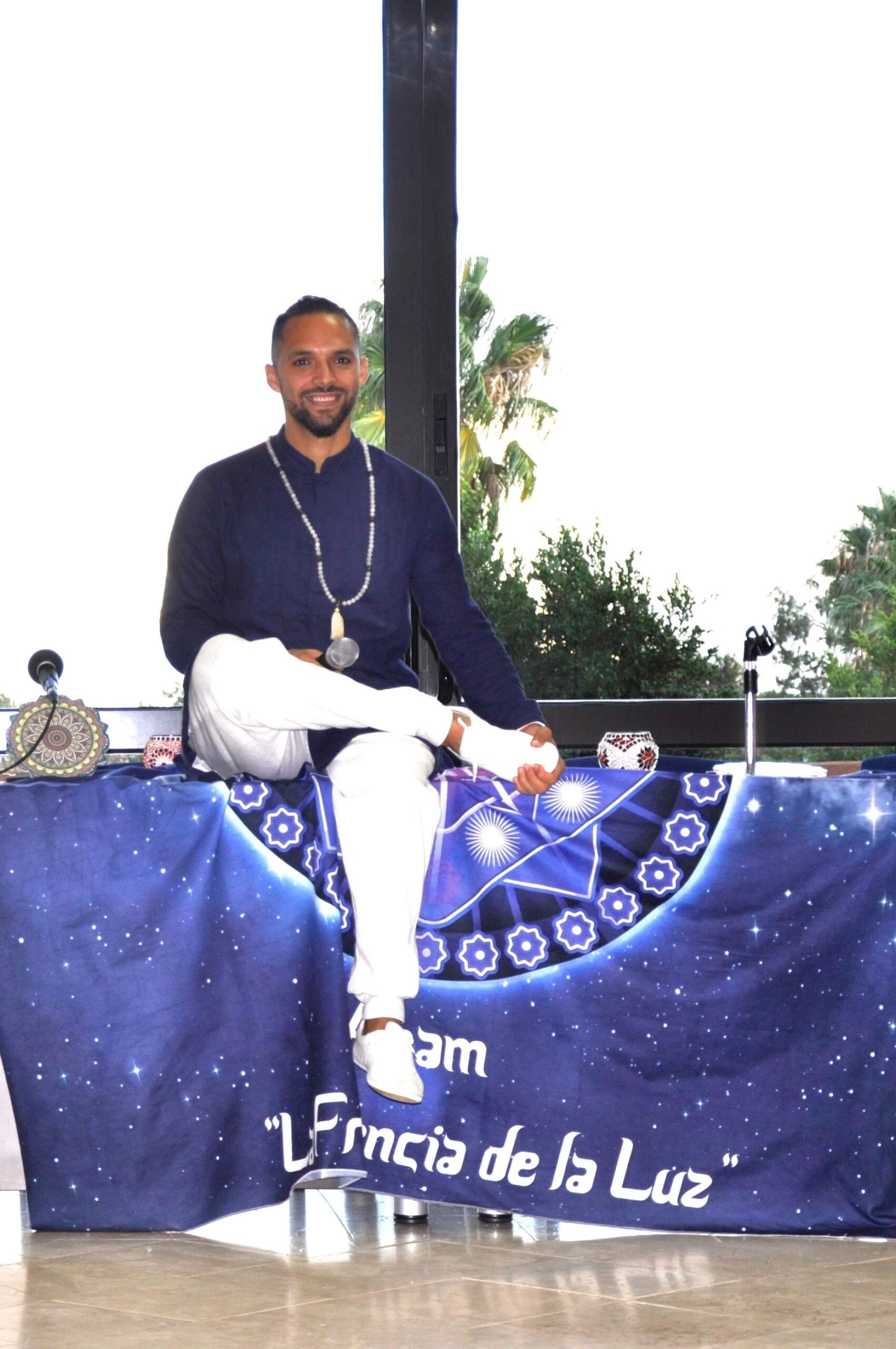
Aku Reyes; Experience the calm and serenity of Islantilla Golf Resort
Today we interviewed Aku Reyes, our teacher and activity monitor at Islantilla Golf Resort.
The offer of special experiences in our establishments and destinations, represent an upward value within our differentiated hotel management.
We look for and try to find those services that we know our clients are looking for and want to try and we integrate them into a maximum quality accommodation offer.
Pedro Manuel Reyes is Aku Reyes, born in 1987 and started in the world of martial arts at the age of 6. “I have always thought that martial arts found me, because they have given me tools that I still apply and need today.”
We asked him about his experience, the one he brings to his classes as an activity instructor at our resort.
“Although in my journey in this martial world I have touched disciplines such as Karate, Taekwondo, Wushu, Capoeira, Chi Kung etc. I must also admit my passion for dance, which I owe largely to my partner, dancer, artist and professional choreographer Lorena Rodrigues. And although I am fascinated by everything related to the art of movement, my intention behind every discipline was none other than to search for answers and to know myself. I have understood over time that our thoughts and feelings are what create the path, and so that you can be aware of what you think and feel you have no possibility of knowing yourself, since many times we have the thoughts inherited from culture or society. One can only be free when one can see oneself without any kind of filter, and this is only possible in the determination of self-knowledge. That is why I love dance and the arts, for they greatly encourage this kind of work, provided it is done properly.
What disciplines do you specialize in?
“Today I dedicate myself to the teaching of Taichi, Chi Kung, static meditation (it is the most popular type of meditation, usually sitting with crossed legs and eyes closed) and dynamic meditations (many of them created by myself, others selected from some religions, especially oriental ones) and ARsystem. This last one is a fusion that I have created by joining the mobility of capoeira, with dance and wushu, trying, this way, a more complete work of the body, soul and spirit”.
What do they contribute to the well-being of those who practice them?
“To understand what they contribute we must first understand what is preventing us from being at peace. And what prevents us from being at peace is an agitated mind, our mind is normally over-stimulated, full of shoulds and fears that result in a constant bombardment of thoughts and stress. There is a popular saying that says: “The peaceful river can reflect its environment, the disturbed river loses its reflection” And this is what happens, that our desires to reach, to be and to seem, cloud us and we live in a collective dementia.
These activities that we propose bring nothing but calm. We use very effective methods to attract your attention to the moment and encourage the mind’s rhythm to slow down, and this allows you to return to your natural state. In fact, this is where the blessing lies. Many seek miraculous techniques to feel happy, but the reality is that happiness comes naturally, if we remove all fears and stress the magic happens, suddenly you feel blessed, as does a simple bird, a simple flower or a simple butterfly … simplicity is the key.
Is it true that more and more we seek to have individual and social well-being experiences?
“Yes, and this is because we are increasingly aware that well-being and all these positive aspects only come from the peace and balance we have within us. It is true that life’s circumstances can be at more favourable times and at less favourable times, but how we manage that within us is what makes us suffer or be in harmony, in the end we are children of circumstances, but in a certain way we are parents of the consequences.
That’s why we begin to pay attention to the root of our happiness that is in ourselves, and that’s why we begin to demand all kinds of experiences that lead us to these states”.
Are they for all ages and physical conditions?
“Of course. Besides, I’ve always thought that it’s the disciplines that should be adapted to each one. It’s true that when you have a lot of people in a class it’s more difficult to adapt than when you work with small groups, but that’s where the experience and professionalism of the teacher comes in, to get to know the students a little and to know if there are any limitations. This way, you can adapt the exercises and the work to the students and flow during the class to adapt to what is needed. Therefore, everyone is welcome, the only requirement is the desire “.
Translated with www.DeepL.com/Translator (free version)
